How Hard Is It To Learn Electric Guitar?
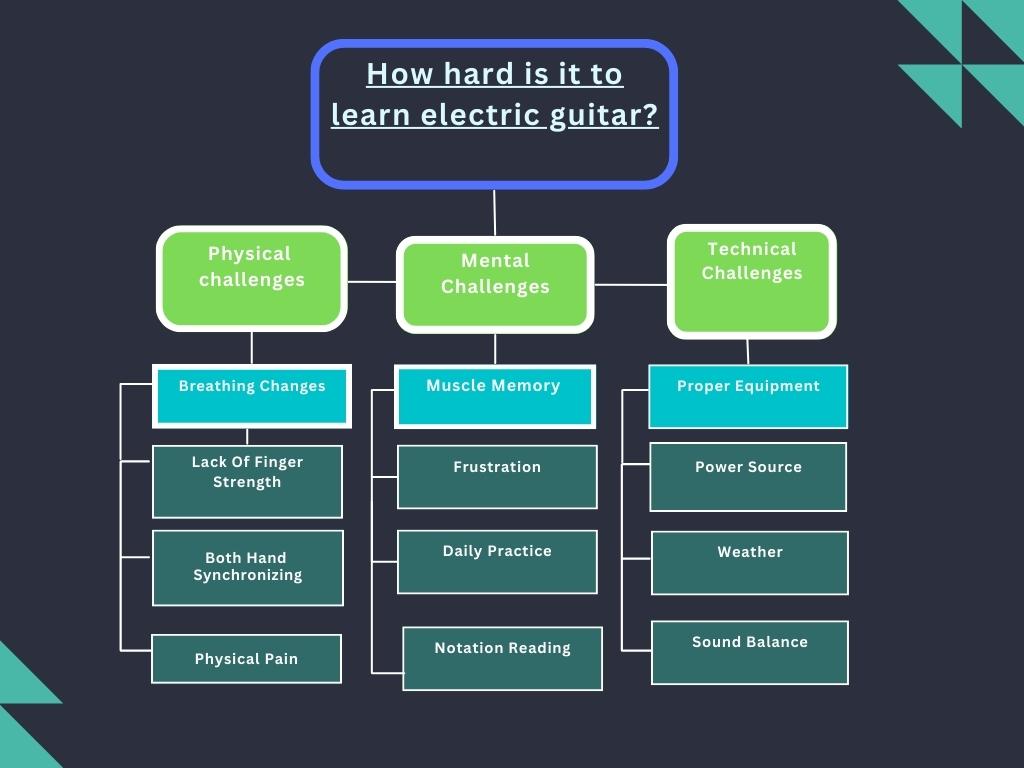
Exactly how hard is it to learn electric guitar? This is a universal question that practically every guitarist has. According to the internet, it is the easiest instrument to play. So why do 90% of guitar players give up after 3 to 5 months? I am not anyone to demotivate you to play an instrument. It is not that type of article to compare with other instruments. This article is all about what are those problems when we started to play the electric guitar. This article divides problems into physical, mental, and technical challenges. Further, we will discuss those points deeply.
Physical challenges
Physical challenges are directly proportional to the body while playing. It has a great impact on playing.
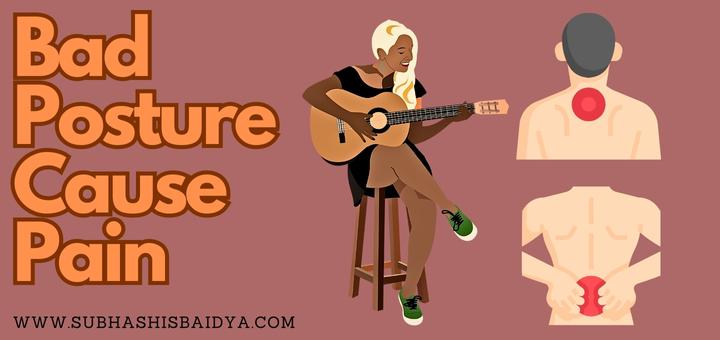
1. Breathing changes
Breathing is an essential process while playing the electric guitar. Proper breathing techniques can differentiate between sounding like a beginner and sounding like a virtuoso. Sometimes the body gets stiff while playing an instrument or singing. The reason behind it is breathing. The breathing must be expected, not too fast or too slow. While playing, the breathing process should be as regular as when talking.

2. Lack of finger strength
According to my experience, there are three types of finger strength for guitar pressing, stretching, and shifting.

- Struggling with Light Touch: Struggling with a light touch is very common for electric guitarists. It may not sound properly with a light touch, creating a buzzing sound.
- The Long Stretch: The long stretch is mainly for the left hand. Left-hand stretching exercise is very crucial for chord changes. Three or four fingers moving together can become difficult for lots of musicians.
- Both hands are not synchronizing: As a beginner, both hands are not synchronizing. Hand synchronization problems can cause some negative issues with playing the guitar.
- Tension in hands: Tension in hands, as well as arms, can disrupt hand synchronization. Take breaks to aid in relaxing your muscle mass.
3. Chord Transition Challenges on Guitar
Chord transition challenges on guitar are essential in becoming a proficient musician. Mainly shifting bar chords and jazz chords are making challenges on electric guitar.

4. Physical Pain
Physical pain can happen because of a wrong posture. Shoulder pain, hand pain, and also in the spinal cord this pain can be felt. The height of your guitar strap can cause this. The guitar body is at waist level to comfortably reach all frets. To adjust the height, start with the strap lose and gradually raise it until it feels right.

5. Weight of The instrument
Electric guitars are heavier side instruments. Standing with this and performing for 3 to 4 hours is hard. Electric guitars are mostly heavier than acoustic guitars. An electric guitar typically weighs between 6 to 12 pounds (2.7 to 5.4 kilograms).
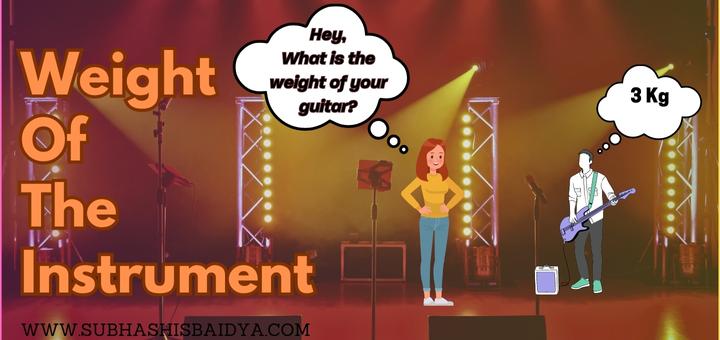
Mental Challenges
Mental challenges make us give up on instruments. It is difficult to say the cause for that.10 years of my experience here are common mental challenges almost everybody feels when learning electric guitar.

1. Muscle Memory
Developing muscle memory is very crucial for any creative work. It is the bridge between body and mind. It is not a physical thing that anyone can see. Sometimes Complex phrases, fast playing, and big stretches are hard to play for non-developing muscle memory.
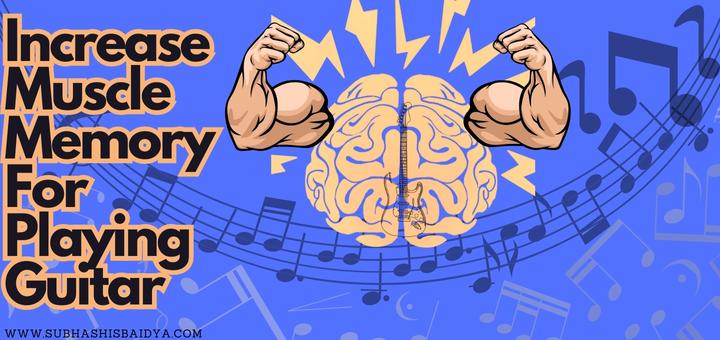
2. Frustration
Frustration can arise when progress seems slow; mistakes are repeated. The sound produced is not what was intended; however, with patience, practice, and a willingness to learn. These frustrations can be overcome. To develop their skills and create unique sounds, anybody can overcome this.

3. Daily Practice
Practicing daily is essential for guitar players who want to improve their skills. However, practising hard daily can be a daunting task requiring dedication, discipline, and persistence. It can also be frustrating sometimes, as progress may seem slow or difficult. Remember that progress takes time; even small amounts of daily practice can add to significant improvement over time. With dedication and perseverance, anyone can become a skilled and accomplished guitar player.

4. Notation Reading
Musical notation can present an obstacle, particularly for self-taught guitar players. The guitar has multiple methods of playing the same note. In addition, guitar music is commonly written in tablature.

- Tab: A tab is a shorthand symbols system that uses numbers to show fret. This is not a conventional musical notation. Despite the difficulty, reading musical notation can open up a new world of music opportunities. Guitarists can expand their musical horizons by interpreting and checking out sheet music. It helps to find out to play various genres and team up efficiently with other musicians. With devotion, deeper understanding, persistence, and technique, anybody can conquer it. Musical notation is a language to talk with another musician.
5. Lacking Interest
To stay motivated, one must remind oneself of the unique benefits of practicing.
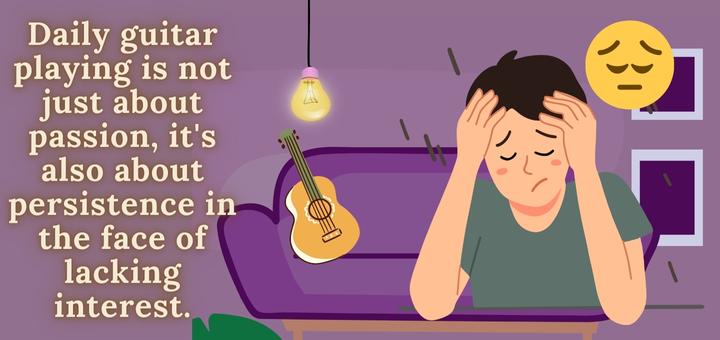
- Techniques: Mastering intricate techniques like sweep picking and tapping and exploring the depths of musical expression. If feeling stuck or uninspired, try shaking up the routine by incorporating new techniques or challenging oneself with more complex pieces. Collaborating with other musicians could also offer fresh perspectives and new inspiration.
Remember that daily practice is crucial for progress and improvement. It does not have to feel like a chore. Take a moment to assess personal goals and find ways to make practice sessions more engaging and fulfilling. Finding a renewed sense of purpose and a willingness to try new things. The rewards of this unique and captivating art form can be enjoyed.
6. Styles Of Other Musicians

Guitar players often find themselves struggling to replicate the styles of other musicians. Fast players like Paco de Lucia and Yngwie Malmsteen are known for their lightning-fast alternate picking. Sweeping arpeggios, a fast picado technique that challenges even the most skilled players. Despite the frustration that comes with attempting to emulate his unique style. Many are impressed by his technical prowess and control while playing. However, the difficulty in imitating Malmsteen’s style and Paco de Lucia’s style are common themes among aspiring guitarists who admire his incredible ability but struggle to match it.
Technical Challenges

1. Proper Equipment:
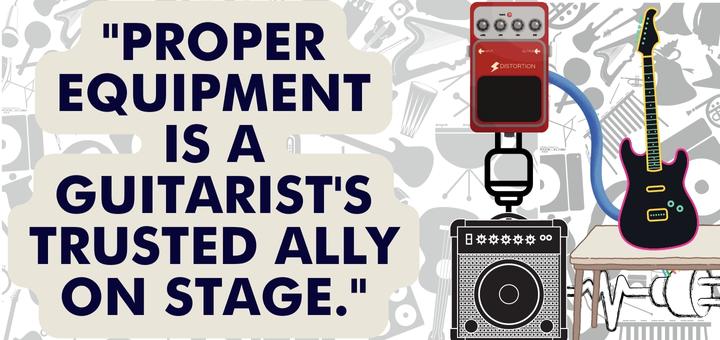
As a guitar player, I can not stress enough the importance of proper devices. Playing the guitar is not just a hobby or a skill. It’s a type of passion that needs dedication as well as dedication. The best guitar, amplifier, and accessories, it resembles having a practical device. The sensation of freedom and creativity can not be matched by anything else. However, having the wrong devices or poor-quality equipment can be irritating and restricting. It can be a real obstacle to your progression as a gamer and a resource of constant frustration. That’s why purchasing the right tools that satisfy your needs and motivate you to reach new heights while having fun is important. The appropriate gear can aid you in unlocking your full potential and also permit you to create something genuinely special that connects with others on a deep emotional level.
- Amplifier: Amplifiers are available in many blends of shapes and sizes, so find one that fits not only your needs but your wallet as well.
- Guitar Cable: The guitar cable is essential to connect your guitar and the amplifier. It can come in varying lengths and qualities, so exercise caution to select the one that suits your guitar and amplifier.
- Power Source: A power source is necessary for your amplifier to work properly.
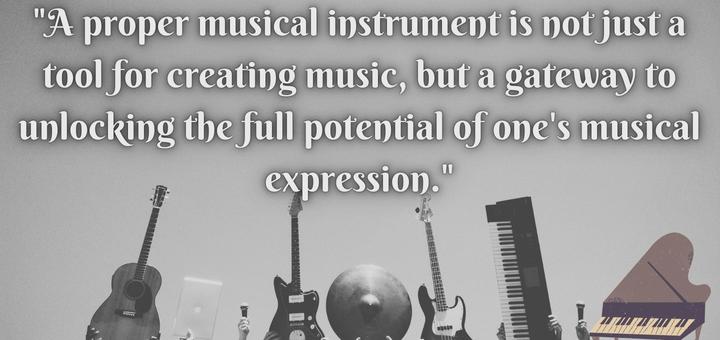
- Effect Pedal: Add effects pedals to modify the sound of your guitar, which can be connected using additional cables. Certain guitars do not require external power sources; some styles have a built-in preamp and can be connected directly to an amplifier without an additional accessory. However, speaking with a guitar expert or music store personnel is always a wise choice before purchasing.
- String Gauge: Choosing the right string gauge for your electric guitar is another important factor for effective musicianship. It can affect both the sound and feel of your guitar. When selecting string gauges, the following benchmarks offer significant considerations:
- A. Thicker String: A heavy-handed when playing might prefer using thicker strings, which can enhance the durability and tone of playing. If a guitar makes a low sound thicker string can help to make it louder. Lower-pitched guitars might require heavier gauges with more tension to avoid feeling loose while playing.
- B. Thinner String: Thinner strings would be more comfortable for a soft-touch guitar player. It produces brighter tones. Higher-pitched guitars would be more appropriate with lighter strings to avoid feeling too tense. Listed below are some commonly used gauges for electric guitars: • Extra Light: .008-.038 • Light: .009-.042 • Medium: .010-.046 • Heavy: .011-.050 • Extra Heavy: .012-.054 It’s important to note that string gauges vary slightly between manufacturers, so be sure to go through the packaging or manufacturer’s website for specific information. Finally, your choice of string gauge is primarily based on your personal preference. Experiment with different gauges, and find the one that suits your playing style and ear.
2. Sound Balance
To achieve a sound as balanced as a tightrope walker, it’s crucial to ensure that no frequency is overpowering and that all frequencies are represented equally, like ingredients in a well-proportioned recipe. Here are some tips to help you achieve an excellent sound balance:
- Adjust the tone control: Adjust the tone controls on your guitar like a chef seasoning a dish to taste. Use the controls to find a satisfying balance as satisfying as a perfectly seasoned meal.
- Equalizer pedal: Use an equalizer pedal to sculpt your sound like a sculptor chiseling away at a piece of marble. Boost or cut frequencies as needed to achieve a balanced sound as pleasing to the ear as a work of art.
- Guitar Pickup: Adjust the height of your guitar’s pickups like a gardener tending to a plant. If a particular frequency is too prominent, raise or lower the corresponding pickup, like adjusting the sunlight to encourage healthy growth. Adjust the bass, mid, and treble controls until you achieve a harmonious balance like a well-crafted painting.
- Room: Consider the room’s acoustics like a detective investigating a crime scene. If your sound seems unbalanced, try moving to a different area of the room or adjusting the position of your amplifier, like shifting the angle of a magnifying glass, to solve a mystery.
- Remember that achieving a good sound balance is like finding the perfect balance in life – it’s subjective and can vary depending on your playing style and musical preferences. So, take the time to experiment with different settings and techniques until you find a sound that is as uniquely satisfying as you are.
Weather
Weather can affect the guitar player and the gadgets used to play electric guitar. Here are some ways in which weather can impact the playing experience:
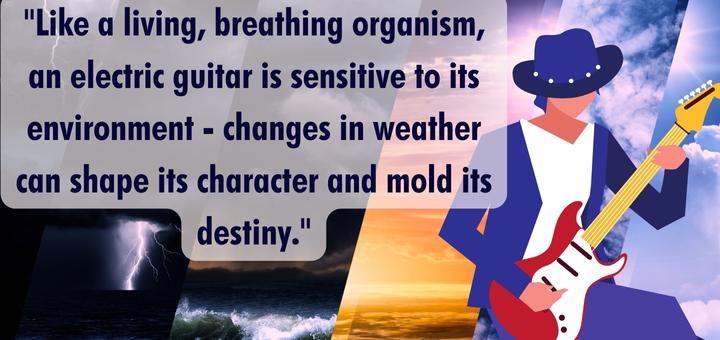
- Humidity: High humidity can cause the guitar strings to absorb moisture, leading to tuning instability, corrosion, and even damage to the guitar. Similarly, high humidity can cause electronic gadgets to malfunction or fail, especially if they are not adequately protected.
- Temperature: Extreme temperatures, whether hot or cold, can cause damage to the guitar and gadgets. For example, high temperatures can cause the finish to melt or warp, while cold temperatures can cause the wood to contract and even crack. Additionally, temperature changes can cause the guitar to go out of tune.
- Rain or moisture: Rain or exposure to moisture can cause damage to both the guitar and electronic gadgets. For example, rain can cause the guitar’s electronics to short out or corrode, while moisture can cause rust and other forms of damage to pedals and other gadgets.
- Wind: Strong winds can knock over guitar stands and other equipment, potentially causing damage to the guitar or other gear. To minimize the impact of weather on the guitar and gadgets, it’s important to take precautions such as storing them in a cool, dry place when not in use, using protective covers or cases, and avoiding exposure to extreme weather conditions. It’s also a good idea to periodically inspect the guitar and gadgets for signs of damage or wear and to have them professionally serviced as needed.
In Conclusion,
This post provides information and advice for electric guitar players, addressing their physical, mental, and technical challenges. It emphasizes the importance of proper equipment, daily practice, and developing muscle memory. Some essential tips are on adjusting tone controls and achieving sound balance. The impact of weather on guitars and gadgets, and suggests precautions to minimize damage. It also discusses common difficulties such as chord transitions, finger strength, and notation reading. Overall, Everybody knows how hard it is to learn the electric guitar.







